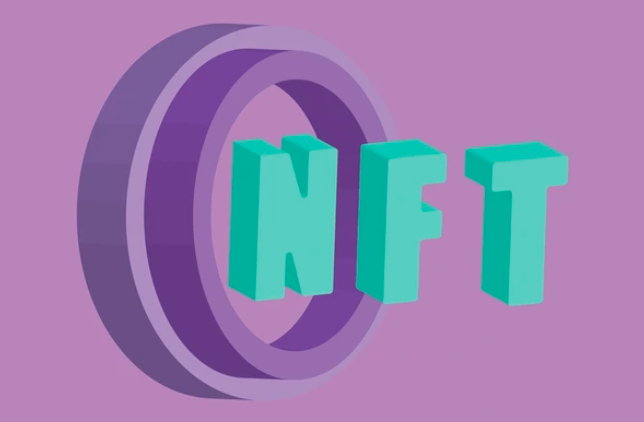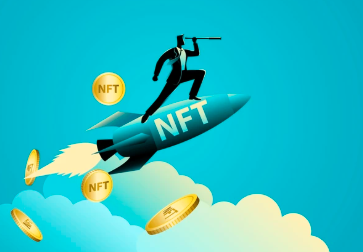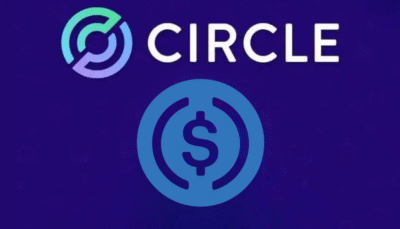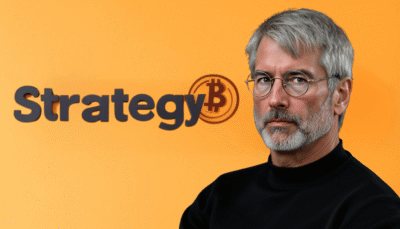NFTs, or non-fungible tokens, have moved beyond a niche for tech lovers and digital art enthusiasts. It is an industry worth billions now and is set to change how we view assets, creativity and ownership.
The latest market analysis shows that the global NFTs market will exceed 395.54 billion dollars by the year 2032, which reflects growth that is not only staggering but unprecedented across all industries. The shift in how digital assets are considered, exchanged, and utilized is also unprecedented.
Explosive Growth Driven by Innovation
The Revolution of NFTs and Blockchain in Gaming and Entertainment has played a pivotal role in the NFT market’s growth, driven by a combination of technological innovation and cultural evolution.
On the other hand, blockchain technology has increased the security and transparency of transactions, resulting in growing technological advancement. Celebrities and major brands venturing into the NFT world have made purchasing them much more popular and commonplace.
Nike, Gucci, and various sports leagues have taken NFTs to a new level by monetizing digital collectibles, creating a fresh revenue stream and further integrating blockchain into mainstream entertainment.
NFTs have permeated fashion, real estate, gaming, and the metaverse. Players can trade in valuable in-game items for profit in the real world.
Fashion firms are making digital versions of their outfits, while artists directly sell NFT-backed creations to patrons, eliminating traditional boundaries. Adoption across the board is causing NFT demand and, consequently, the market to rise rapidly.

Evolving Use Cases are Changing the Game
What is NFT Ticketing? NFTs are not only artwork or collectibles. They are extending their reach into new areas even in the Entertainment, Music and Healthcare sectors.
The ticketing industry is looking to use NFT implementations to scan and prevent fraud as well as data verification with greater ease. This ensures that concertgoers and other event attendants are verified and checked against fraud easily.
Musicians now use NFTs to sell exclusive tracks, giving fans access to unique content while earning direct royalties without intermediaries.
Experts predict the NFT market’s next evolution may lie in tokenized real-world assets. From luxury goods to real estate, physical items can now have unique digital counterparts on the blockchain.
This allows seamless proof of ownership and easier transferability, further connecting the physical and digital economies.
What Lies Ahead for NFTs?
Demand and increasing accessibility fuel the projected $395.54 billion valuation by 2032. More individuals can participate in the NFT marketplace with easier-to-use platforms and lower entry costs.
While decentralized finance (DeFi) solutions enable users to leverage their NFTs in loans or staking programs, emerging blockchain networks provide reduced transaction fees.
Analysts warn, meanwhile, that regulatory certainty will be crucial in determining the direction of the industry. While NFTs have faced skepticism, especially regarding environmental concerns, ongoing innovations aim to make them more sustainable.
Like Ethereum’s shift to proof-of-stake, Faster and eco-friendly blockchain options will likely mitigate many concerns.





